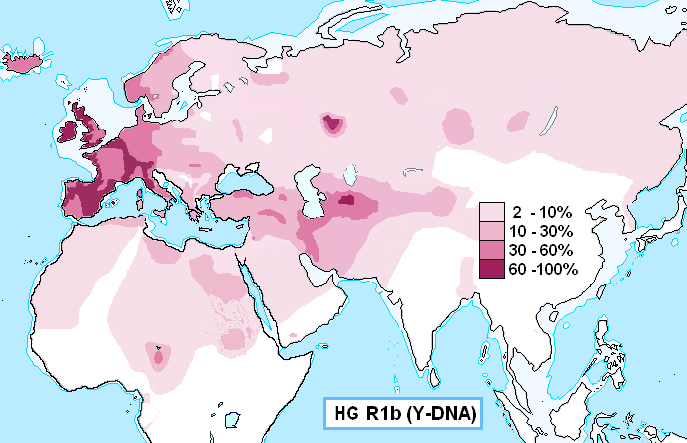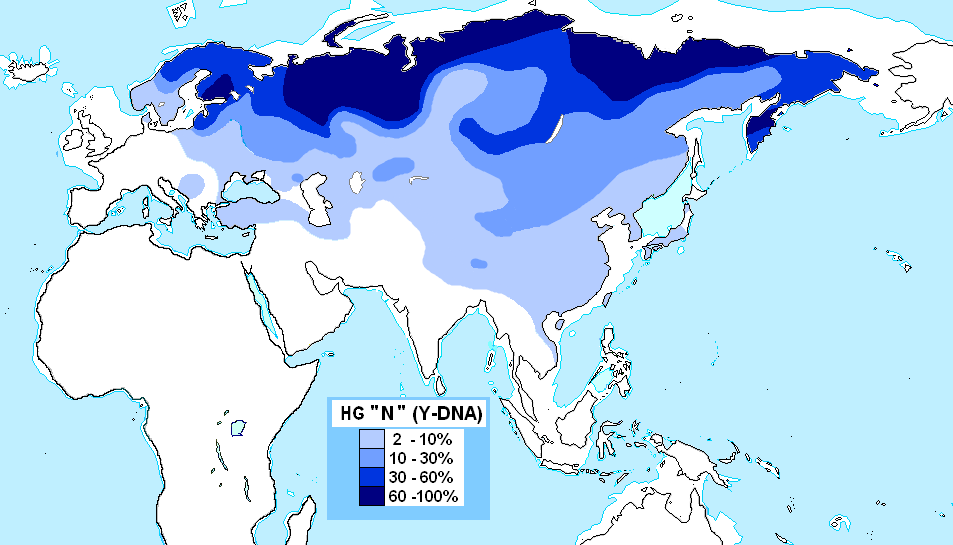|
|
Post by Διαμονδ on Dec 21, 2017 9:37:19 GMT
The Bashkirs (/ˈbɑːʃkiːrz/, Bashkir: Башҡорттар, Başqorttar, Russian: Башкиры, Baškiry) are a Turkic people indigenous to Bashkortostan, extending on both sides of the Ural Mountains, in the area where Eastern Europe meets North Asia. Groups of Bashkirs also live in the Republic of Tatarstan, Perm Krai, Chelyabinsk, Orenburg, Tyumen, Sverdlovsk, Kurgan Oblasts and other regions of Russia, as well as in Kazakhstan and other countries.
Most Bashkirs speak the Bashkir language, closely related to Tatar and Kazakh languages which belongs to the Kipchak branch of the Turkic languages and share cultural affinities with the broader Turkic peoples. In religion the Bashkirs are mainly Sunni Muslims of the Hanafi madhhab.  Anthropological types of Bashkirs:The anthropological composition of the Bashkirs is heterogeneous, a mixture of European and Mongoloid features. M. S. Akimova singled out four basic anthropological types from the Bashkirs: Anthropological types of Bashkirs:The anthropological composition of the Bashkirs is heterogeneous, a mixture of European and Mongoloid features. M. S. Akimova singled out four basic anthropological types from the Bashkirs:
Sub-Uralid,
Pontid,
Light European(Nordoid),
South-Siberian
(Mongolid)
The most ancient racial types of Bashkirs are the Light European, Pontid and Sub-Uralid,, and the most recent - South-Siberian. The South-Siberian anthropological type in the Bashkirs appeared quite late and is closely connected with the Turkic tribes of the 9th-12th centuries and the Kypchaks of the 13th-14th centuries. The Pamiro-Fergana, Trans-Caspian racial types, also present in the Bashkirs, are associated with the Indo-Iranian and Turkic nomads of Eurasia.
|
|
|
|
Post by Διαμονδ on Dec 21, 2017 9:42:13 GMT
Haplogroups:Regarding Y-DNA haplogroups genetic studies have revealed that most Bashkir males belong to haplogroup R1b (R-M269 and R-M73) which is, on average, found at the frequency of 47,6%. Following are the haplogroup R1a at the average frequency of 26,5%, and haplogroup N1c at 17%. In lower frequencies were also found haplogroups J2, C, O, E1b, G2a, L, N1b, I, T. The main branch of R1a in Bashkirs is Z93, specifically Z2125, which peaks in Central Asia, among Bashkirs at 31%. Most mtDNA haplogroups found in Bashkirs (60–65%) consist of the haplogroups G, D, С, Z and F; which are lineages characteristic of East Eurasian populations. On the other hand, mtDNA haplogroups characteristic of European and Middle Eastern populations were also found in significant amounts (35–40%). According to the study Suslova et al. 2015: "The Bashkirs appear close to Mongoloids in allele and haplotype distribution. However, Bashkirs cannot be labelled either as typical Mongoloids or as Caucasoids. Thus, Bashkirs possess some alleles and haplotypes frequent in Mongoloids, which supports the Turkic impact on Bashkir ethnogenesis, but also possess the AH 8.1 haplotype, which could evidence an ancient Caucasoid population that took part in their ethnic formation... Bashkirs showed no features of populations with a substantial Finno-Ugric component, for example Chuvashes or Russian Saami. This disputes the commonly held belief of a Finno-Ugric origin for Bashkirs..." The Bashkirs are characterized by East-Asian admixture, which dates from the 13th century, according to an analysis of the identical-by-descent segments.   
|
|
|
|
Post by Διαμονδ on Dec 21, 2017 10:03:15 GMT
Red Bashkirs
In the world only 2% of such people.  
Light Bashkirs destroy stereotypes about Asians:          
|
|
|
|
Post by Lone Wanderer on Dec 21, 2017 10:15:24 GMT
I think they are a mix of several Eurasian groups. Even the wikipedia page mentioned it.
|
|
|
|
Post by Διαμονδ on Dec 21, 2017 10:30:50 GMT
Yes! In addition, very ancient Indo-European and Proto-Indo European roots! Simply with time they were Turkified and Islamized!
The main characteristic of the Indo-Europeans people (Haplo R1) from the point of view of genetics and taxonomy this is bright, including red hair!
|
|
|
|
Post by Διαμονδ on Dec 22, 2017 0:35:22 GMT
Map of the generalized genetic landscape of Bashkir and their neighbors. Autosomal DNA!  |
|